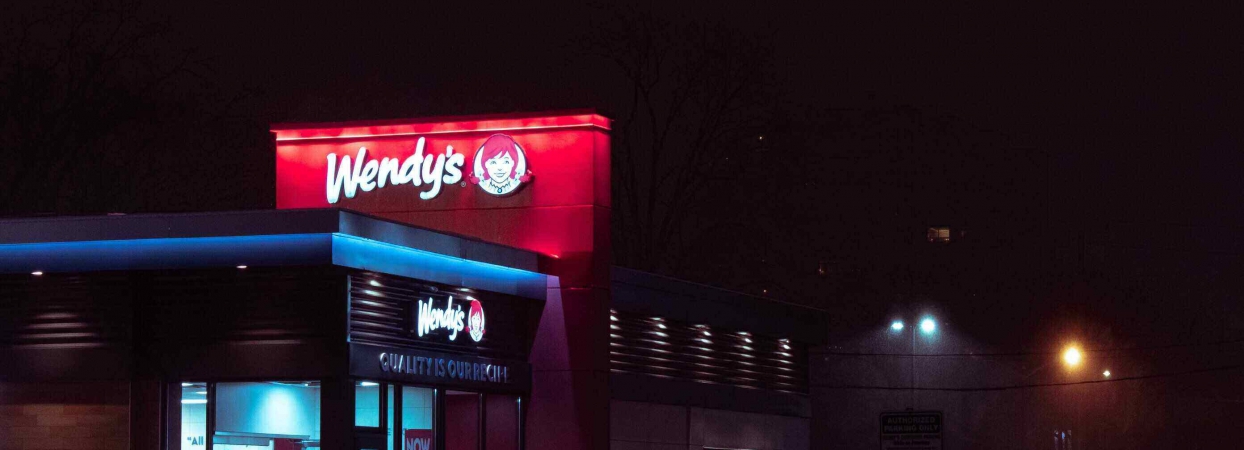Marketing is a complex and ever-changing field. It’s an industry where ideas that seem brilliant on paper may not always yield the desired results. Meanwhile, seemingly simple strategies can unexpectedly lead to success. Marketing is characterized by its unpredictability, often requiring multiple attempts and iterations before finding the right approach. While this may be perceived as a drawback, the rewards of a successful marketing campaign make the journey worthwhile.
Impactful food marketing efforts
Effective food marketing campaigns have the power to transcend generations and leave a lasting impact on a brand’s identity. For example, the “Share A Coke” campaign had a tremendous influence on Coca-Cola’s continued relevance. The campaign’s massive success resonated with consumers and helped the brand maintain its position in the market. Similarly, Nike’s iconic tagline, “Just Do It,” has endured for over two decades and remains as relevant today as it was when it was first introduced. The ability of these marketing campaigns to transcend language barriers demonstrates the importance of accessibility in reaching a broader audience. The most successful brands share a common trait. They don’t simply follow trends – they create them. They have the courage to innovate and differentiate themselves from the competition.
HelloFresh
HelloFresh effectively utilizes influencers on platforms like YouTube and social media to attract more consumers. They also leverage the power of discounts, such as offering free meals with promotional codes. By presenting viewers with an irresistible offer, HelloFresh entices customers to try their service. Once customers experience the convenience and quality of HelloFresh, they become loyal patrons. Additionally, HelloFresh incorporates user-generated content, which adds authenticity and reliability to its brand. They recognize the effectiveness of smaller influencers who bring a sense of relatability that mainstream celebrities may lack.
Wendy’s
Wendy’s, known for its impressive social media presence today, made a significant impact on the advertising world with its campaign “Where’s the beef?” The campaign cleverly questioned the meat quantity in competitors’ burgers compared to Wendy’s. This approach not only attracted attention but also differentiated Wendy’s from its competitors. By asking hard-hitting questions and refusing to play it safe by imitating the competition, Wendy’s achieved a significant breakthrough and experienced a boost in sales. The brand managed to ask daring questions in an attempt to differentiate itself from its competitors and did so effectively.
Subway
Subway disrupted the fast-food market from the beginning with their slogan “Eat fresh” and “$5 footlong.” By positioning itself as a healthier alternative, Subway appealed to health-conscious consumers. The success story of Jared Fogel, who lost weight by incorporating Subway’s menu into his diet, further solidified Subway’s image as a healthy choice. The introduction of the $5 footlong campaign offered customers a consistent and affordable value proposition. Today, despite no longer being on the menu, the $5 footlong sandwiches continue to define Subway and differentiate it from other fast-food chains. Subway managed to be different from its competitors both in terms of products and in its food marketing approach.
Pepsi
Pepsi has mastered the art of leveraging pop stars in its advertisements. From Ray Charles and Cindy Crawford to Michael Jackson, Beyoncé, and Cardi B, Pepsi has associated its brand with the glamor and allure of pop stars. This strategy taps into people’s desire to feel special. It allows them to associate drinking Pepsi with a sense of being like their favorite celebrities. This approach has helped Pepsi carve out its unique identity and differentiate itself from its long-standing competitor, Coca-Cola. Pepsi has managed to tap into people’s desire to feel better about themselves. Through its advertising campaigns, the brand found an effective way to flatter its consumers.
Building Trust in Fintech: PR’s Role in Consumer Confidence
The fintech sector is rapidly changing the game. Things like mobile payments, digital wallets,...
The Role of PR in Transforming Consumer Finance
The world of financial services is experiencing a seismic shift. The old days of being defined by...
Tapping into The Metaverse to Drive E-Commerce Sales
The online shopping world is on the brink of a significant transformation as the metaverse...



